1895-1905
Color: Impressionism
You’ve definitely heard of a few artists of this period, but have you noticed the iconic style of color usage in their paintings?
Claude Monet: The Father of Impressionism

I think we’ve all heard of him, haven’t we? Let’s talk about the characteristics of the way he changed color usage in paintings.
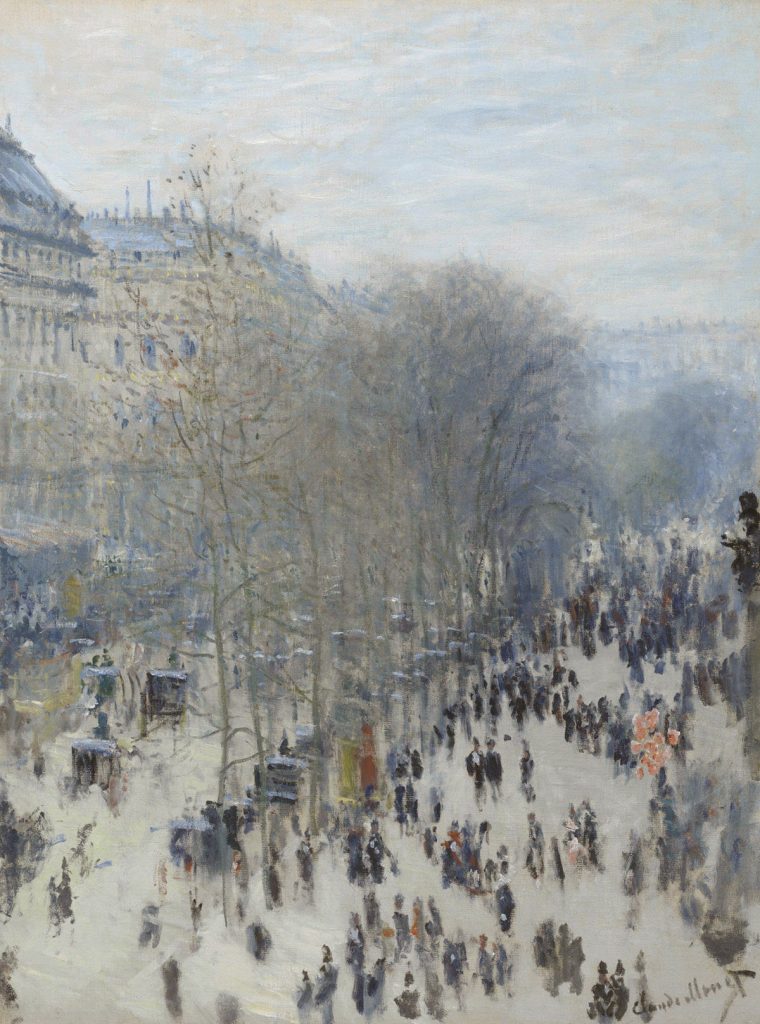
Claude Monet is known to be the one who caused impressionism to rise. He paints the motif or the “impression” of a scene by being in the environment and quickly capturing a moment. Though these paintings may look “sketchy” and loose, he is a master of controlling the balance of colors, by balancing foggy, muted colors with saturated atmospheric colors. This is the iconic character of color usage in impressionist paintings.
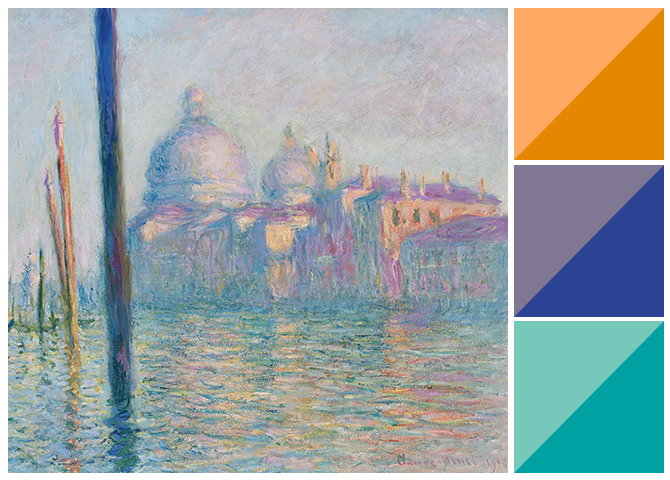
As seen in this painting, Monet’s colours are often low in contrast of values, but high in contrast of saturation. This would become a classic style of impressionist colors.

Another great example of the foggy, soft, and low contrast impressionistic colours.
Many great impressionist artists who were influenced by Monet use this same style of color combinations in their artworks.

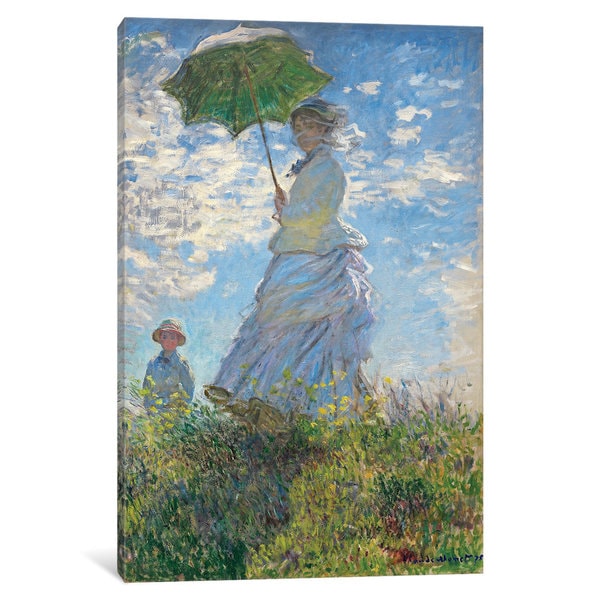
This is where we begin to see a common theme emerge from the paintings in this era: the Victorian Gibson girls. From here we move on to fashion.
Women’s Fashion: Victorian style
Noble women in the late 19th century usually had the standard Victorian combo: Bustles, high updos, corsets, and draped, frilly dresses.
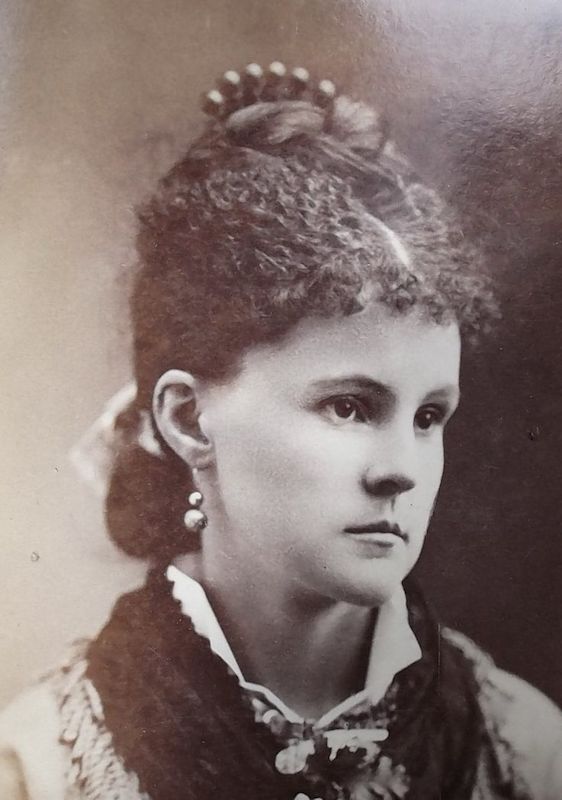
As seen in Monet’s paintings, women often wore high, curly updos with lots of buns and braids. The hair got even taller once bustles became the “hot new thing”!
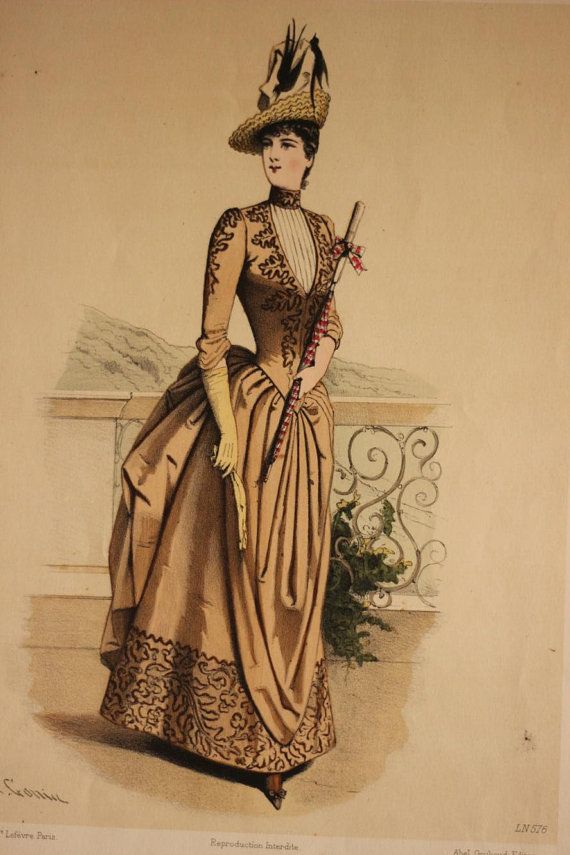
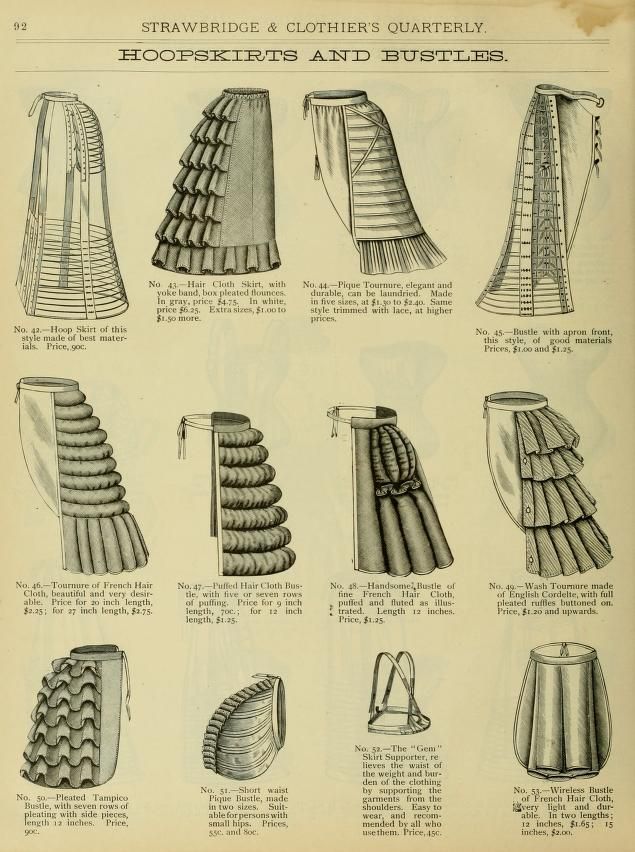

The large, exaggerated bustles in contrast to a tiny waist was very common. The dresses reached their max fullness in volume, and it was beginning to get a little too fancy.
However, bustles began to back out of the fashion trend near the beginning of the 20th century.

Here, we see the fashion trend moving towards a new era: the Edwardian era. The Edwardian era represented a more serious, well-conducted, and strict fashion trend. The skirts began to diminish in size, as well as the height of women’s hair. Instead, a straighter, slimmer silhouette of simpler dresses was much more preferred, and the big hats became very trendy.
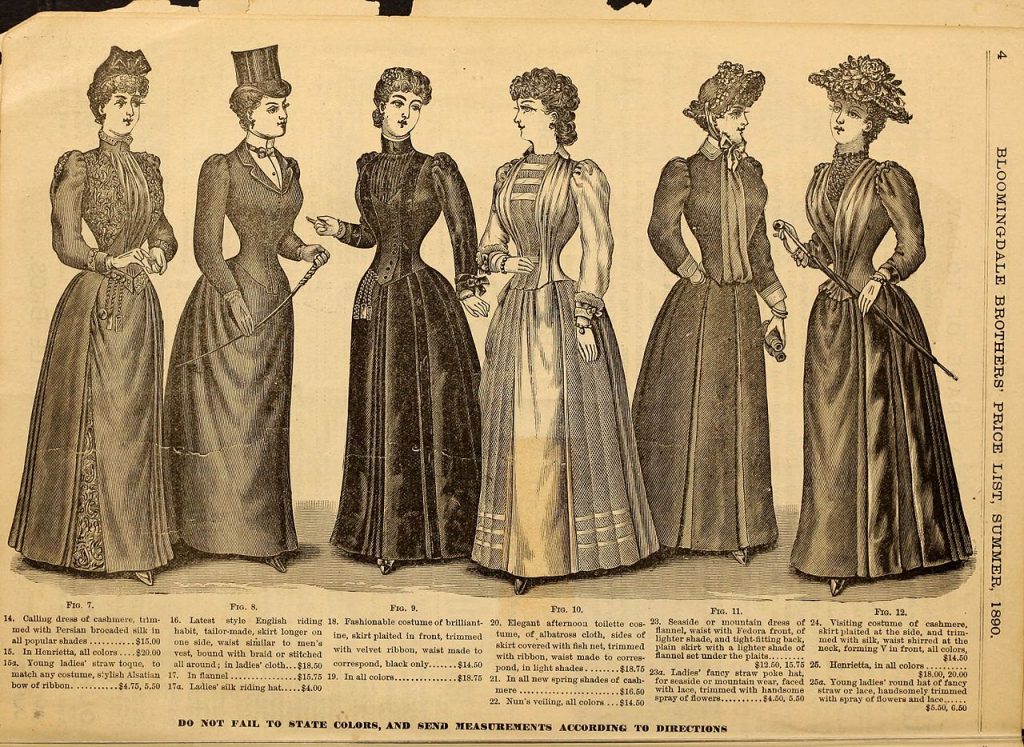
As we can see here, women’s dresses were much more toned-down in terms of puffs, frills, and fancy folds. They were almost suit-like.
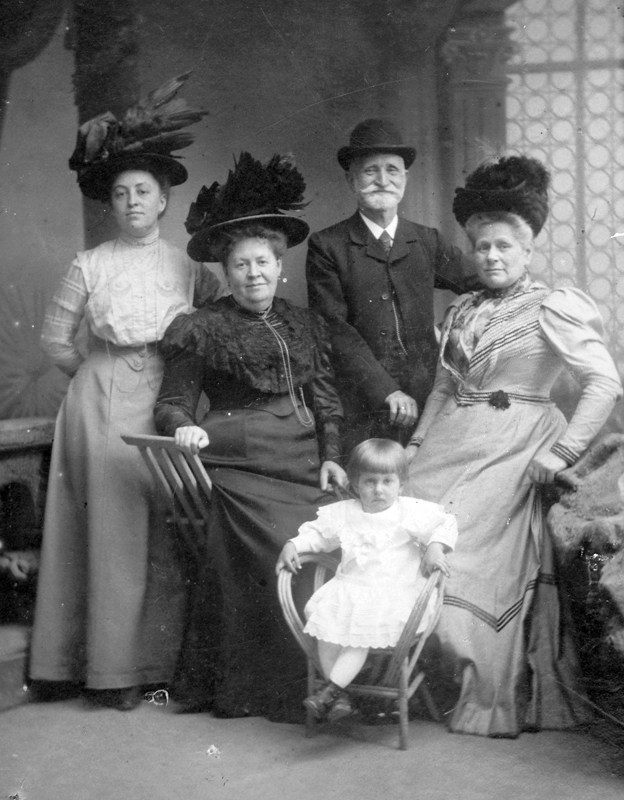
Sources
impression sunrise color palette
https://www.nga.gov/collection/art-object-page.61379.html
https://www.theartstory.org/artist/monet-claude/artworks/
https://www.pinterest.ca/redhookcath/edwardian/